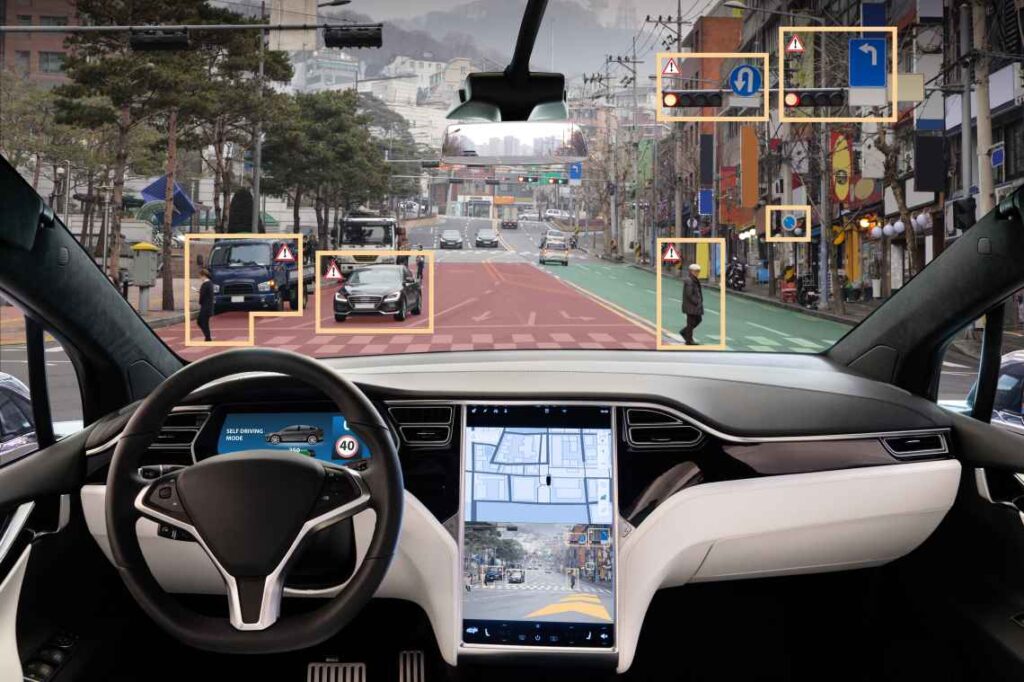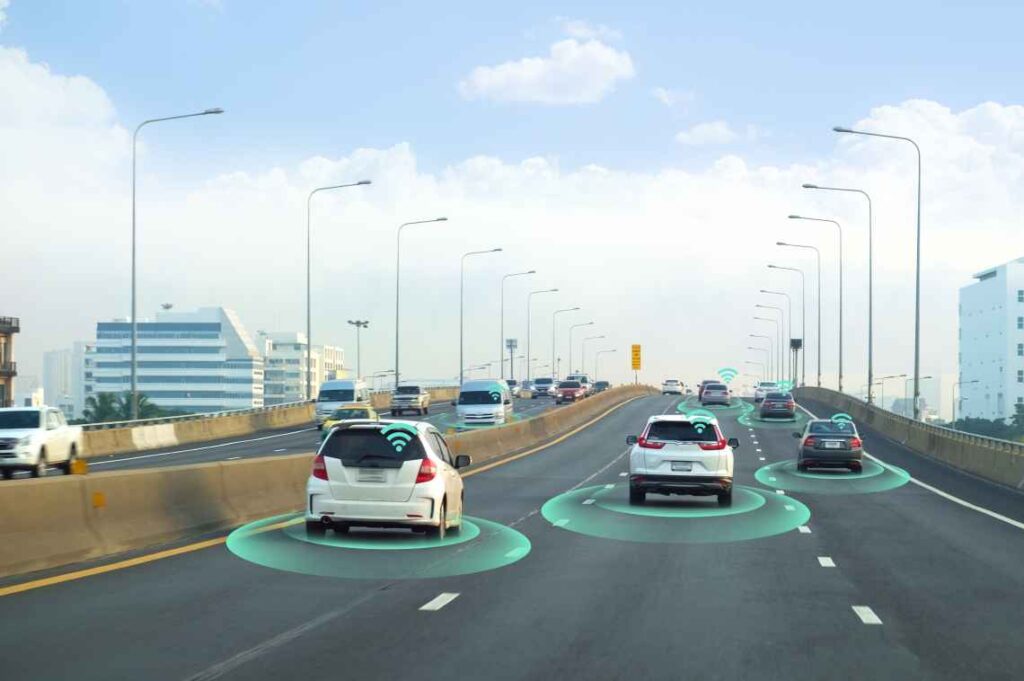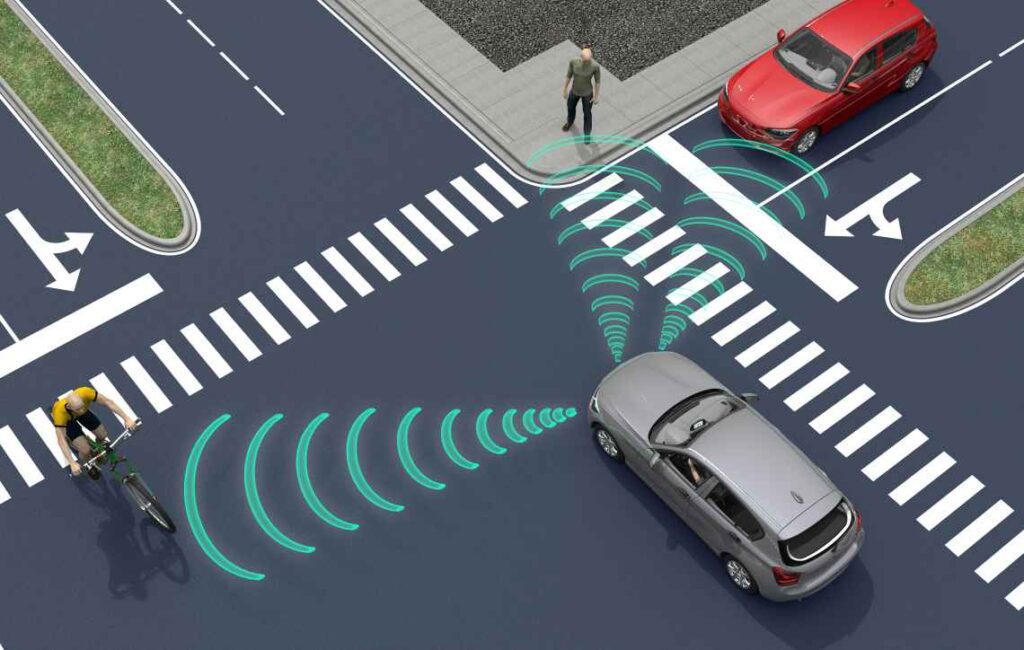Autonomous cars have been a topic for a long time, but somehow this self-driving technology has never made it the point where it’s widely used. But what are the reasons for this? We have found three main reasons that are still real obstacles for autonomous cars, and these issues need to be overcome before cars or other vehicles like semi-trucks can drive autonomously on our roads. Until then, we will probably have to continue steering our vehicles ourselves and wait a little longer for the intelligent autopilot to take us to our destination without any intervention.
THE TECHNICAL

We’ve all seen the images of autonomous cars like Waymo’s that can drive on their own. But we also know the news of autonomous cars that have been involved in accidents. So the technology is still not as far along as we may think. That’s also because an incredible amount of data has to be used and processed during a journey. Cameras and sensors have to monitor the road, interpret traffic signs and lights correctly, take other road users (including pedestrians and cyclists) into account and, incidentally, get to their destination using the shortest, fastest or most efficient route – intelligently avoiding a traffic jam, for example. Processing the camera images usually requires the best weather conditions – rain, snow or even poor lighting at night are major obstacles. The minimum requirement for data transmission is the 5G standard, which would have to be rolled out nationwide, and not just in urban areas.
THE INFRASTRUCTURE

This leads us straight to the next point: the infrastructure. It is not surprising that it is primarily in the United States of America that the greatest progress is being made in testing driverless vehicles. This is because many roads or cities in the US are often wider and laid out in a grid pattern, therefore offering a greater infrastructural advantage. The autonomous cars can follow the road more easily, the right-of-way rules or signaling systems have a known system, and such things as street forks or the like are much less common than in other countries. In Europe, traffic routes have evolved naturally and often meander through the countryside or through cities. Every intersection is different, every curve is different, and most importantly, the roads are usually much narrower than in North America. In addition, there are obstacles such as construction sites, road closures, missing lane markings, narrowing of lanes and so on. Even the most modern on-board computer of an autonomous car can reach its limits.
THE PEOPLE

After technology and infrastructure, people are the third obstacle. This is an issue for several reasons. First, we need to change the way we think about drivers voluntarily giving up the wheel and allowing themselves to be transported by artificial intelligence, even at higher speeds. There is still a lot of convincing to be done, because many people are still wary of trusting a new (perhaps still error-prone) technology. Particularly since a piece of freedom would also be lost if we were no longer driving our vehicles ourselves. However, there is a freedom in using the daily commute to work differently: Read the newspaper, watch the news, take a nap or have breakfast in the car.
Second, there is still the moral question of how the autonomous car should react in the event of an unavoidable accident involving either other vehicles or pedestrians. This moral question must be implemented by the programmers so that the car can make the “right” decision. But this is still an unanswered question that will evolve with the autonomous car technology.